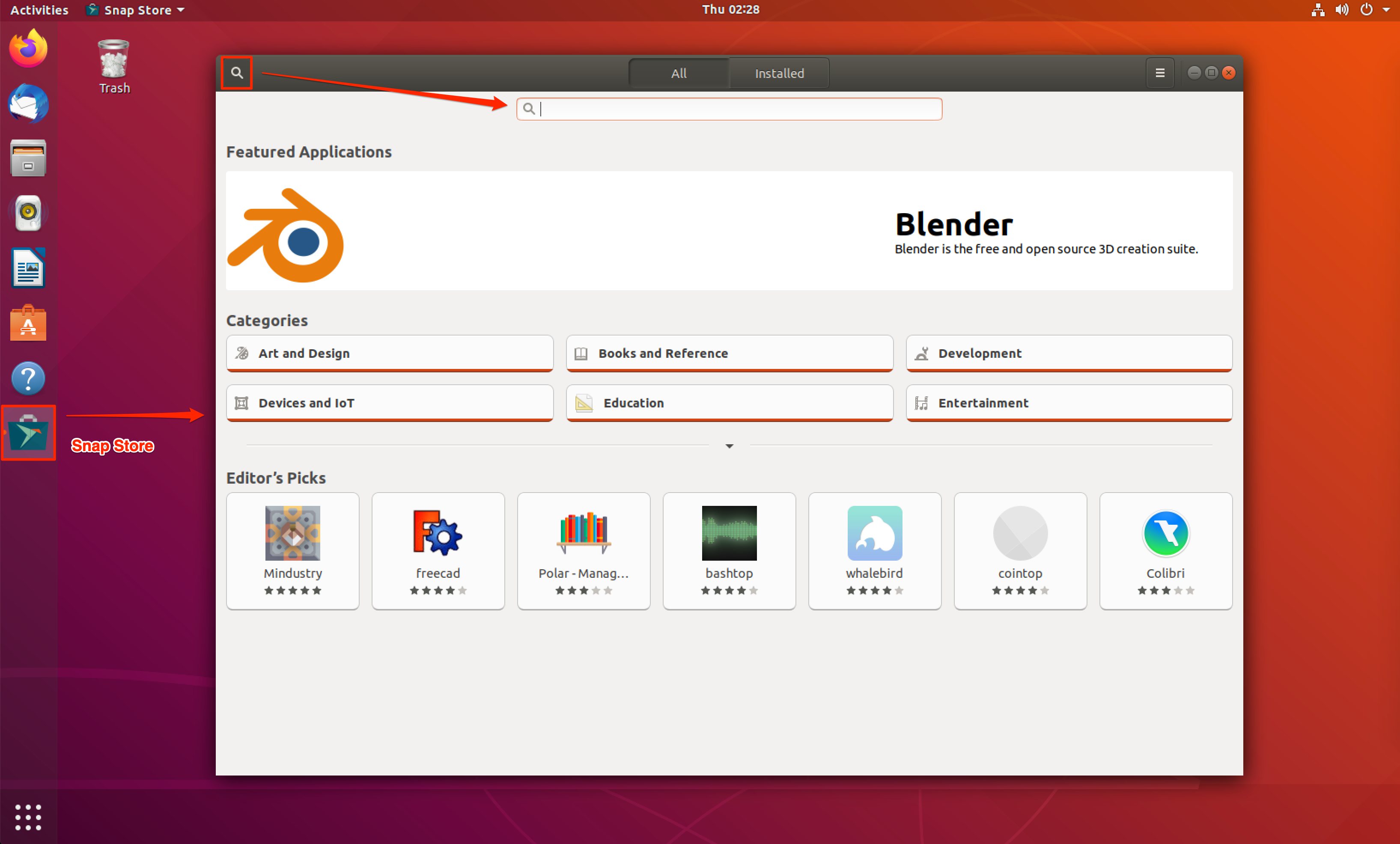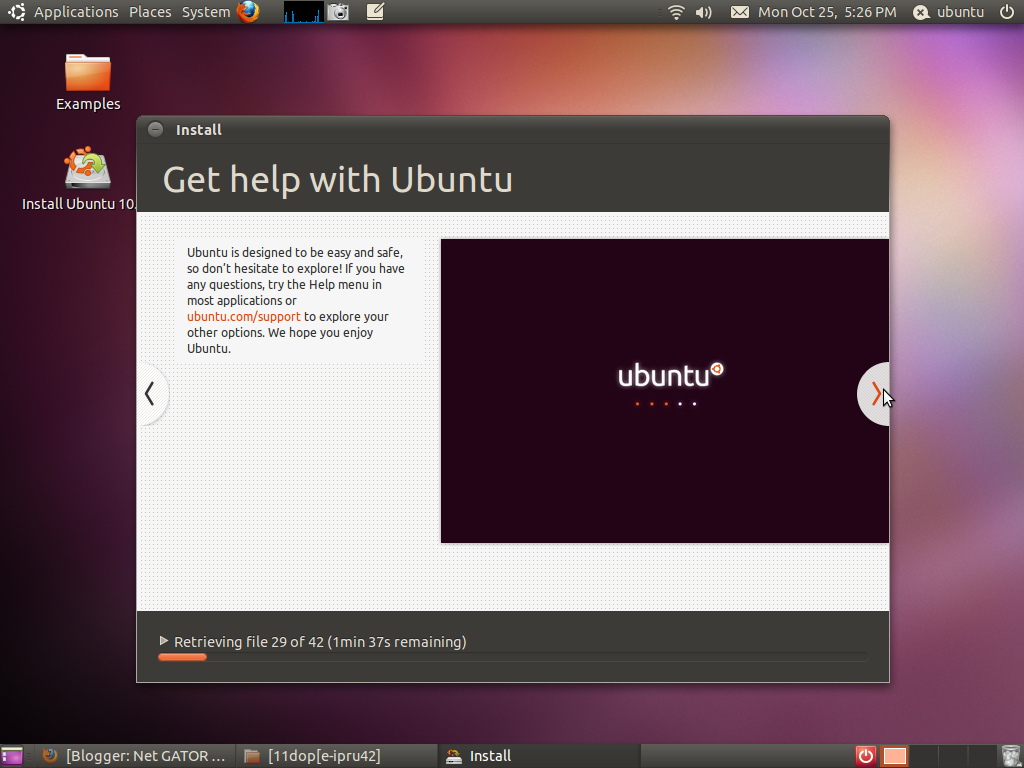

However, there are some third-party solutions. apk add nodejs-currentĪndroid support is still experimental in Node.js, so precompiled binaries are not yet provided by Node.js developers.

Node.js Current can be installed from the Community Repository. Node.js LTS and npm packages are available in the Main Repository. Debian and Ubuntu based Linux distributions.CentOS, Fedora and Red Hat Enterprise Linux.If it turns out your issue is a bug in Node.js itself, the maintainer will report the issue upstream. Please report any issues you encounter to the package maintainer. Then clock “OK”.Note: The packages on this page are maintained and supported by their respective packagers, not the Node.js core team. Choose “Logical” for the partition type and select “swap area” from the drop down menu.

Therefore, I use 4 GB for this installation.

The more RAM you have, the less likely you need the SWAP memory. Most systems nowadays have at least 8 GB of RAM. Technically, you can do without SWAP at all, but it doesn’t hurt to have some SWAP in case your RAM is not that big. Note: Most guides I know of recommend to use double the size of your RAM for your SWAP partition and at least the same amount of memory as your RAM. If your RAM is full, Ubuntu will then save additional data in the SWAP. It serves as an extension to your RAM (Random Access Memory) which is the fast memory which it needs immediately to function. The first partition you will make is the SWAP partition. Just select the free space partition and click on the plus symbol below to add a new partition. When doing it here, you risk to overwrite parts of the hard drive that were used for data. You could also shrink the partitions here, but I recommend doing it on Windows as this allows Windows to shift files around according to the modifications. When you find it, you should place the entry for USB devices on the first position so when you restart the computer it will automatically boot from the USB stick with the Ubuntu installation media. You need to navigate through it by yourself to find the option to change the boot order. The BIOS of each motherboard can be slightly different. Once you entered your BIOS, you need to find the option to change the boot order. Else, you might need to look it up either in the manual of your computer on online. Your computer might even tell you which key to press. Which key to press depends on the brand of your computer. When the splash screen of your computer’s manufacturer appears, you need to press either F1, F2, F12, ESC or DEL on your keyboard to enter the BIOS menu of your computer. Now it is time to plug in the flashed USB stick and restart your computer. After this is done, you can proceed with the installation of Ubuntu.


 0 kommentar(er)
0 kommentar(er)
